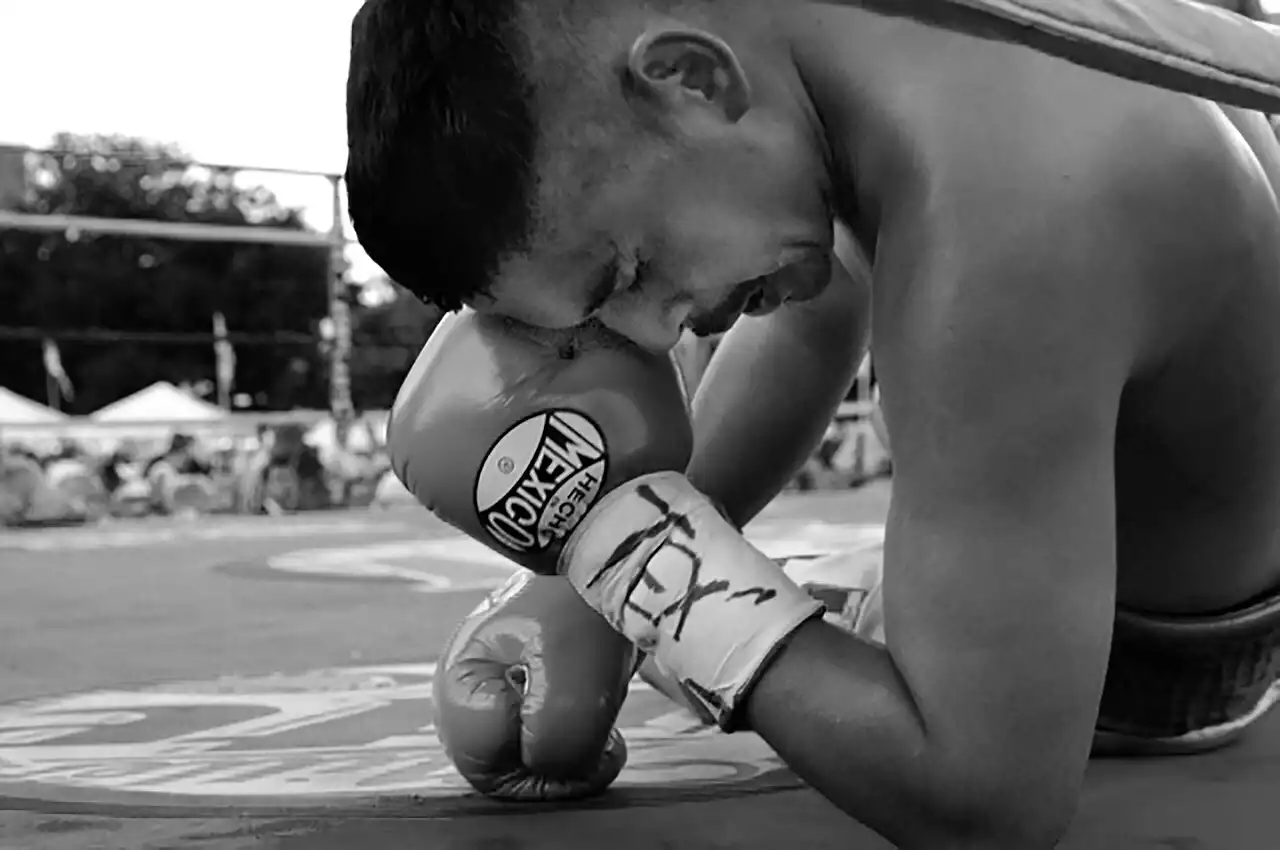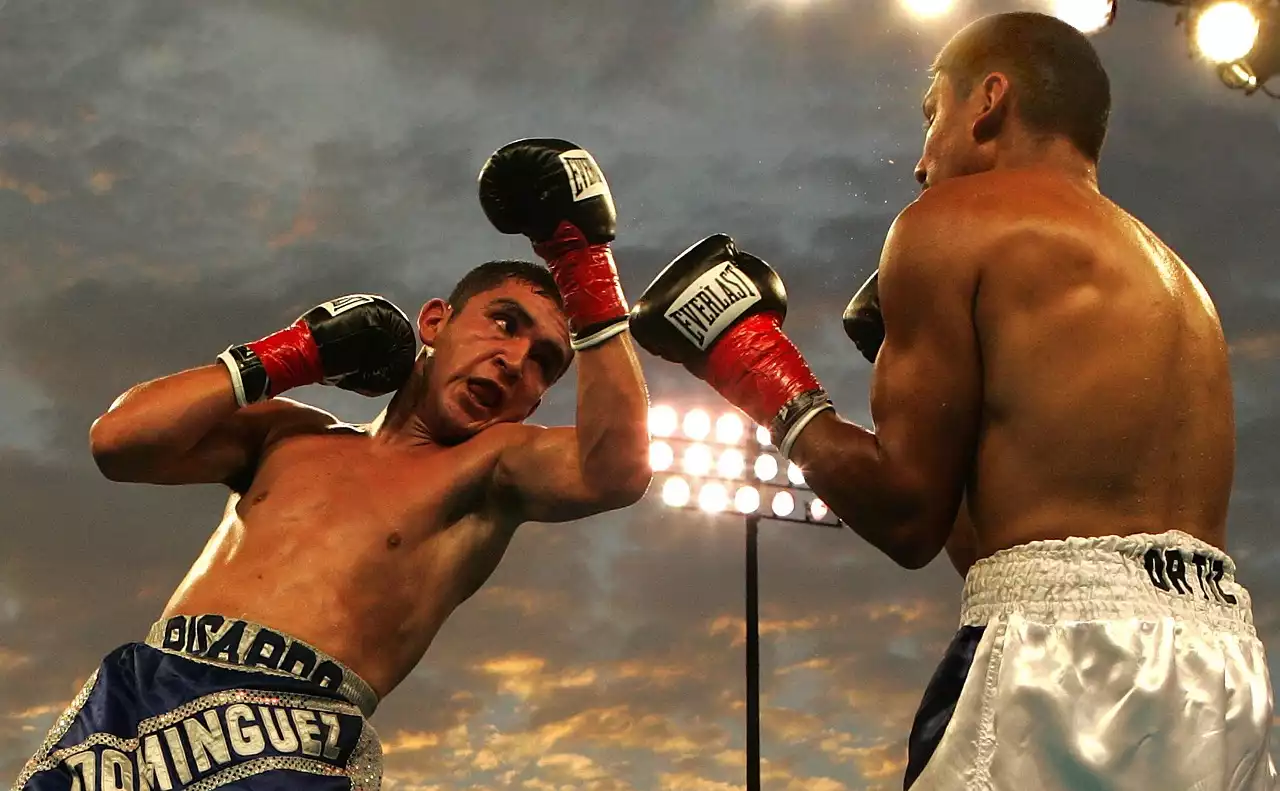What is the Marquess of Queensbury Rules?
The Marquess of Queensbury Rules is a set of rules that govern the sport of boxing. They were drafted by the 8th Marquess of Queensbury, John Sholto Douglas, in 1867. The rules are designed to ensure the safety of participants in boxing matches and to make the sport more organized and fair. The rules include regulations about the size of the ring, the length of rounds, the type of gloves to be worn, and what constitutes a foul. The rules also specify the duty of the referee and the duties of the boxers.
The rules are divided into three sections: the first section is about the general rules, the second section is about fouls and penalties, and the third section is about the referee. The first section includes regulations about the size of the ring, the length of rounds, the types of punches that are allowed, the use of protective equipment, and the duration of breaks between rounds. The second section outlines the fouls that can be committed and the punishments that can be given. The third section outlines the duties of the referee and how they should officiate the match.
History of the Marquess of Queensbury Rules
The Marquess of Queensbury Rules were first introduced in 1867, following a series of fights that were deemed too dangerous and lacking in regulation. It was the 8th Marquess of Queensbury, John Sholto Douglas, who drafted the rules to ensure the safety of participants in boxing matches. The rules were revolutionary for their time as they established a system of regulations that had previously been absent in the sport of boxing.
The rules were quickly adopted by boxing organizations around the world and were accepted as the standard set of rules for the sport. The rules were even referenced in court cases, as they are seen as a reliable source for establishing the legitimacy of boxing matches. Over the years, the rules have been amended and refined to ensure the safety of boxers and to ensure that the sport remains fair and organized.
Benefits of the Marquess of Queensbury Rules
The Marquess of Queensbury Rules has had a lasting impact on the sport of boxing. The rules have helped to make boxing more organized, fair, and safe. The rules have also helped to legitimize the sport in the eyes of the public.
The rules have helped to ensure the safety of participants in boxing matches by establishing regulations about the size of the ring, the length of rounds, the types of punches that are allowed, and the use of protective equipment. The rules also specify the duties of the referee and the punishments for committing a foul.
The rules have also helped to make boxing more organized and fair by establishing a system of regulations that all boxers must abide by. This helps to ensure that all fights are evenly matched and that fights are scored fairly.
The core principles of the Marquess of Queensbury Rules
The Marquess of Queensbury Rules is based on three core principles: safety, fairness, and respect. The rules ensure the safety of participants by establishing regulations about the size of the ring, the length of rounds, the types of punches that are allowed, and the use of protective equipment. The rules also ensure fairness by establishing a system of regulations that all boxers must abide by and by establishing a system of scoring that is fair and consistent. Finally, the rules promote respect by requiring boxers to treat each other and the referee respectfully.
The impact of the Marquess of Queensbury Rules on boxing
The Marquess of Queensbury Rules has had a profound impact on the sport of boxing. The rules have helped to make the sport safer and more organized, which has made it more attractive to both participants and spectators. The rules have also helped to legitimize the sport in the eyes of the public as they provide a reliable source for establishing the legitimacy of boxing matches.
The rules have also helped to make boxing more accessible to the public. By establishing regulations about the size of the ring, the length of rounds, the types of punches that are allowed, and the use of protective equipment, the rules have made it easier for people to participate in the sport. This has allowed more people to experience the thrill of boxing, which has helped to increase its popularity.
Amendments and refinements to the Marquess of Queensbury Rules
Over the years, the Marquess of Queensbury Rules has been amended and refined to ensure the safety of boxers and to ensure that the sport remains fair and organized. For example, in 1921, the rules were amended to specify the size of the ring and the length of rounds. In 1934, the rules were amended to require the use of protective equipment. In 1967, the rules were amended to specify the punishments for committing a foul.
In recent years, the rules have been further refined to ensure the safety of boxers. For example, in 2017, the rules were amended to require the use of headgear for amateur boxers. In 2020, the rules were amended to require boxing gloves for all levels of boxing. These amendments have helped to ensure that boxers are better protected in the ring.
The Marquess of Queensbury Rules in other combat sports
The Marquess of Queensbury Rules has also been used in other combat sports, such as kickboxing and MMA. The rules are used to ensure the safety of participants and to make the sport more organized and fair. In kickboxing, the rules are used to determine the size of the ring, the length of rounds, the types of punches that are allowed, and the use of protective equipment. In MMA, the rules are used to determine the size of the cage, the length of rounds, the types of strikes that are allowed, and the use of protective equipment.











